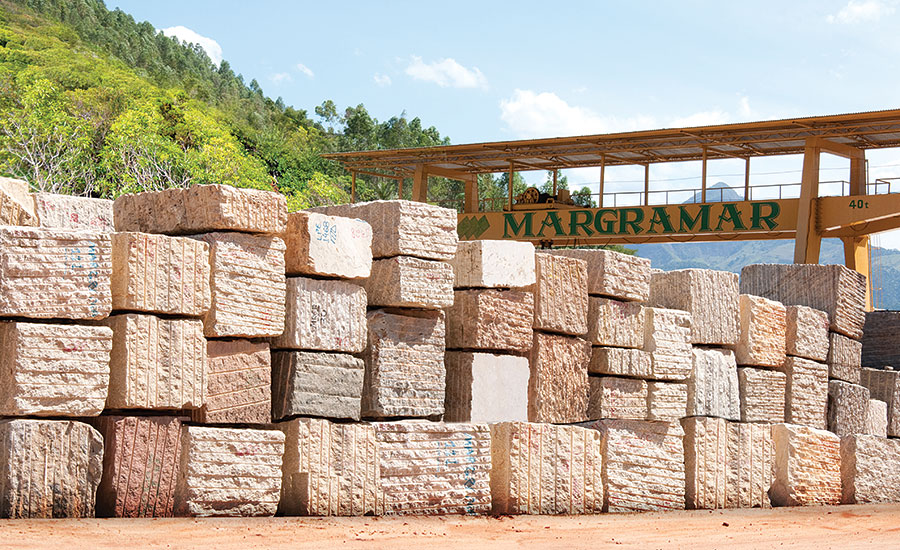Discovering the Rich Background and Lasting Practices of Granite Quarrying
As we base on the precipice of uncovering the detailed tapestry of granite quarrying, a trip via time discloses not simply the physical act of removing stone but also the social and historic value woven into the really material of this practice. From the old beginnings that laid the structure for modern quarrying techniques to the sustainable techniques that are shaping the future of this industry, each chisel mark on granite surface areas informs a story waiting to be discovered (granite quarries in south africa). The heritage of granite quarrying stretches much past mere removal; it is a testament to human resourcefulness, strength, and the long-lasting attraction of this stunning rock
Old Beginnings of Granite Quarrying
Going back to ancient civilizations, the practice of quarrying granite has actually been an integral part of human history and architectural improvement. The earliest evidence of granite quarrying go back to old Egypt, where enormous pyramids and elaborate sculptures were crafted from this durable stone. The Egyptians used primitive tools to remove granite blocks from quarries, showcasing the value of this product in their monumental buildings.
Moving on in background, the Greeks also made significant contributions to the quarrying of granite. The Greeks used granite in different building marvels, such as temples and statuaries, showing their ability in shaping and sculpting this hardy rock. The Romans better fine-tuned the methods of quarrying granite, using sophisticated tools like knives and hammers to remove and form granite for their legendary structures.
Via the centuries, the technique of quarrying granite has actually progressed, with modern-day innovations improving efficiency while keeping the classic appeal of this natural rock - granite quarries in south africa. From ancient human beings to modern building contractors, the heritage of granite quarrying continues to form our world
Development of Quarrying Techniques
The advancement of quarrying methods has actually been marked by a constant development towards higher efficiency and accuracy in extracting granite. From the basic techniques employed by our forefathers to the advanced technologies made use of in modern-day quarrying procedures, the sector has undertaken considerable advancements. Early quarrying techniques involved hands-on labor with basic devices such as blades, hammers, and wedges to draw out granite blocks from the planet. As civilizations proceeded, methods like fire-setting and primitive dynamites were introduced to facilitate the removal process.
Improvements in computer-controlled devices and 3D modeling have optimized quarrying procedures, leading to minimal environmental effect and improved sustainability techniques. As our website the demand for granite proceeds to rise, the evolution of quarrying methods stays integral to conference sector requires efficiently and sustainably.
Social Value of Granite
Granite holds an extensive social significance throughout various civilizations because of its enduring visibility in building masterpieces and admired monoliths. From the marvelous pyramids of Egypt to the elaborate makings of the Angkor Wat holy place in Cambodia, granite has been a product of option for expressing splendour and long life in cultural heritage. In old Rome, granite columns adorned holy places and public structures, symbolizing stamina and permanence. The cultural importance of granite prolongs beyond its physical qualities; it embodies top article strength, stability, and timelessness, making it a symbol of enduring heritages and practices.

Lasting Practices in Quarrying
Amidst the abundant background of granite quarrying and its social significance exists an expanding focus on sustainable techniques within the market. As environmental awareness and problems about resource depletion have actually heightened worldwide, the quarrying field has progressively embraced sustainable techniques to lessen its impact on the setting and surrounding communities.

Moreover, reclamation and rehab of quarry websites post-extraction are indispensable to lasting methods. By recovering quarried locations to an all-natural or helpful state, such as producing wildlife environments or entertainment spaces, quarriers can counter the ecological impact of their operations and add positively to the neighborhood community.
Tradition of Granite Quarrying
With a historical background soaked in craftsmanship and commercial progress, what sustaining impact has granite quarrying left on the landscape of modern society? The tradition of granite quarrying goes beyond simple extraction techniques; it has actually shaped architectural marvels, city landscapes, and cultural heritage worldwide. The resilient nature of granite has actually made it a favored option for monuments, buildings, and facilities, standing as a testimony to the skill and virtuosity of quarry employees throughout generations.
Furthermore, the economic footprint of granite quarrying can not be ignored. The industry remains to give employment opportunities and drive regional economic climates in areas where granite removal is common. It has also spurred technological improvements in quarrying strategies and equipment, leading to extra efficient and sustainable techniques.
In terms of sustainability, the heritage of granite quarrying consists of initiatives to alleviate environmental influences via reclamation jobs and liable resource monitoring. By stabilizing financial rate of interests with ecological stewardship, the industry makes every effort to make sure that future generations can remain to gain from this enduring natural deposit.
Conclusion
